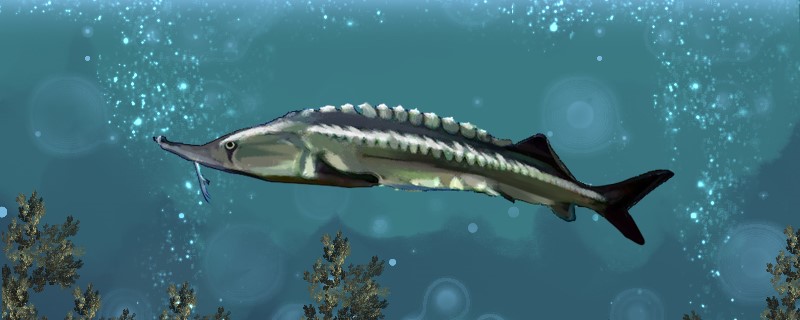
as the Chinese sturgeon? Both the Yangtze sturgeon and the Chinese sturgeon are distributed in China and mainly live in China, which can be seen from their names. At present, they are all protected animals in our country, and they are also precious, and their appearance is a little similar, so many people will confuse them. It is true that both of them belong to the sturgeon family and have a certain relationship, but in fact, they are not exactly the same. The Yangtze sturgeon and the Chinese sturgeon do not refer to the same kind of fish. They can be distinguished from each other in terms of distribution area, body shape and nickname.
the Yangtze River sturgeon and the Chinese sturgeon? 1. Differences in geographical distribution: Although the Yangtze River sturgeon and the Chinese sturgeon are both distributed in China and mainly in the Yangtze River, there are slight differences in geographical distribution between the Yangtze River sturgeon and the Chinese sturgeon. The Yangtze River sturgeon lives in the Yangtze River, and their name shows that they rarely appear anywhere else. Although Chinese sturgeons mainly live in the Yangtze River, they may sometimes appear in Qiantang River, Pearl River and other places, as well as in the waters of China's neighboring countries.
2. Differences in body size: There are also differences in body size between Chinese sturgeon and Yangtze sturgeon. The body length of mature Yangtze sturgeon is generally between 75 and 105 centimeters, and the weight range is between 4.5 and 12.5 kilograms. Chinese sturgeon is different, the length of adult individuals ranges from 40 to 130 centimeters, some can even reach 5 meters, and the weight is between 50 and 300 kilograms.
3. Distinction of nicknames: As two different kinds of fish, the Yangtze River sturgeon and the Chinese sturgeon have different nicknames. Among them, the other names of the Yangtze River sturgeon are "Shalazi" and so on, while the other names of the Chinese sturgeon are "Yellow sturgeon", "Tanlong", "sturgeon shark" and so on.